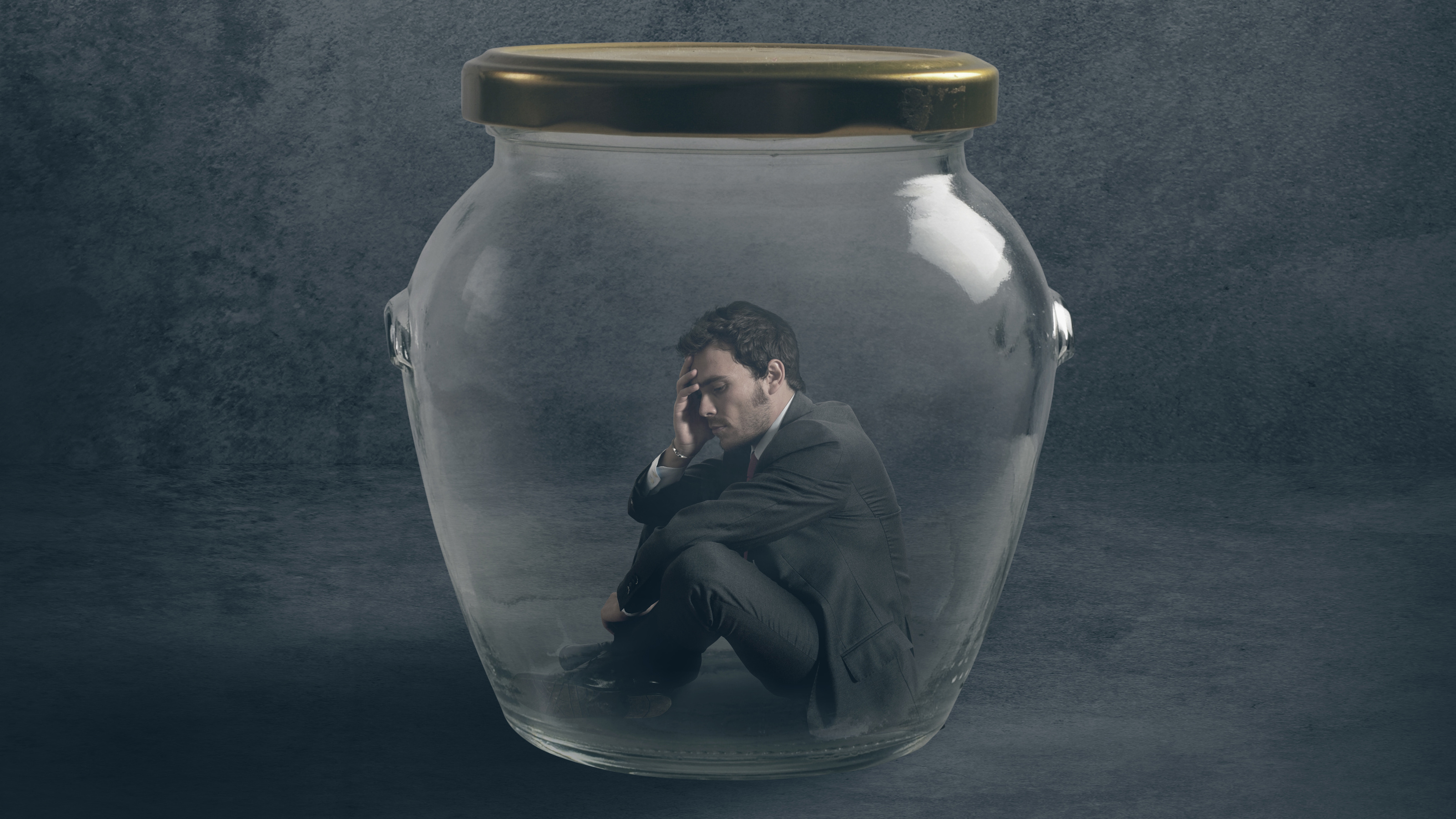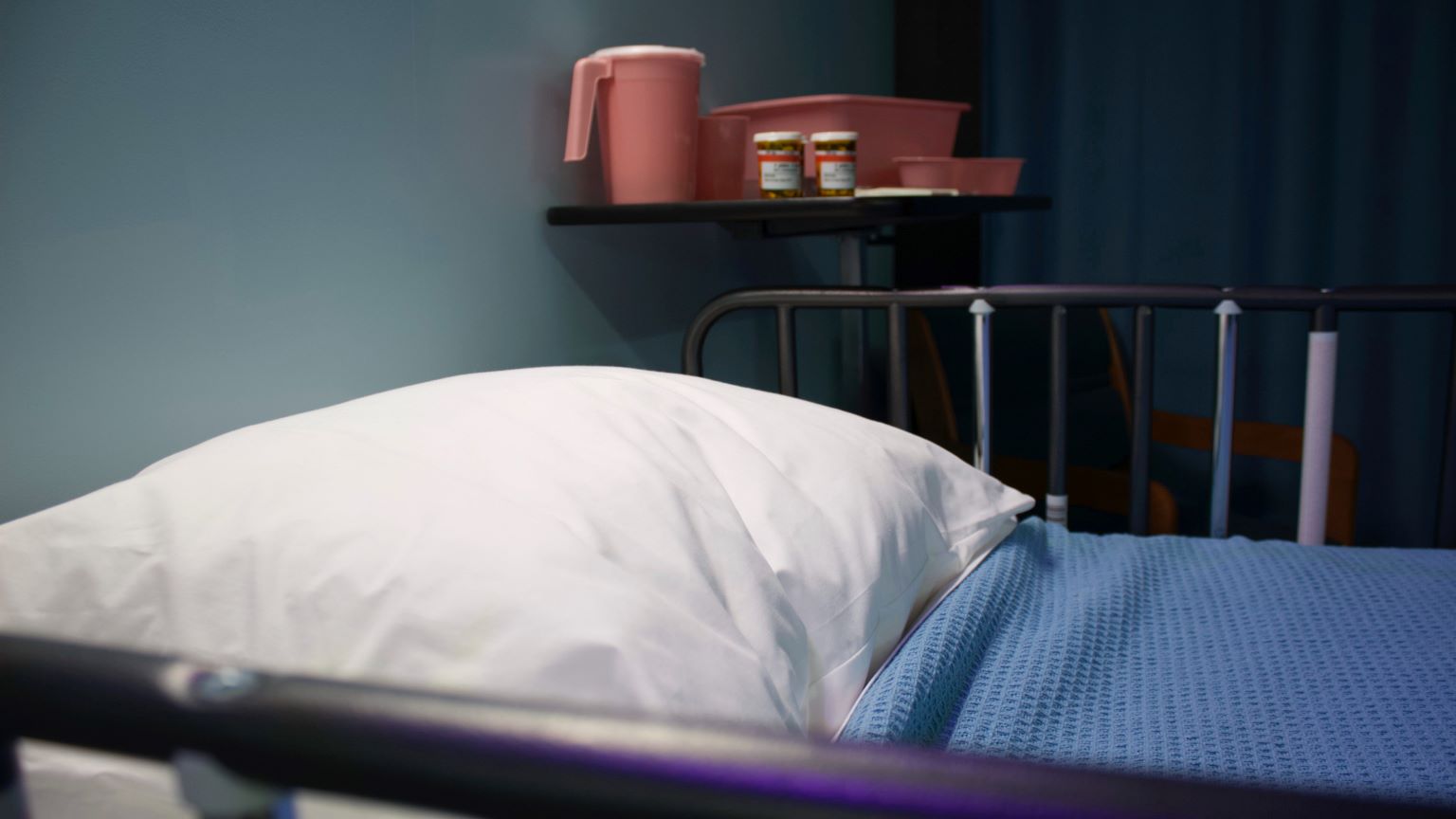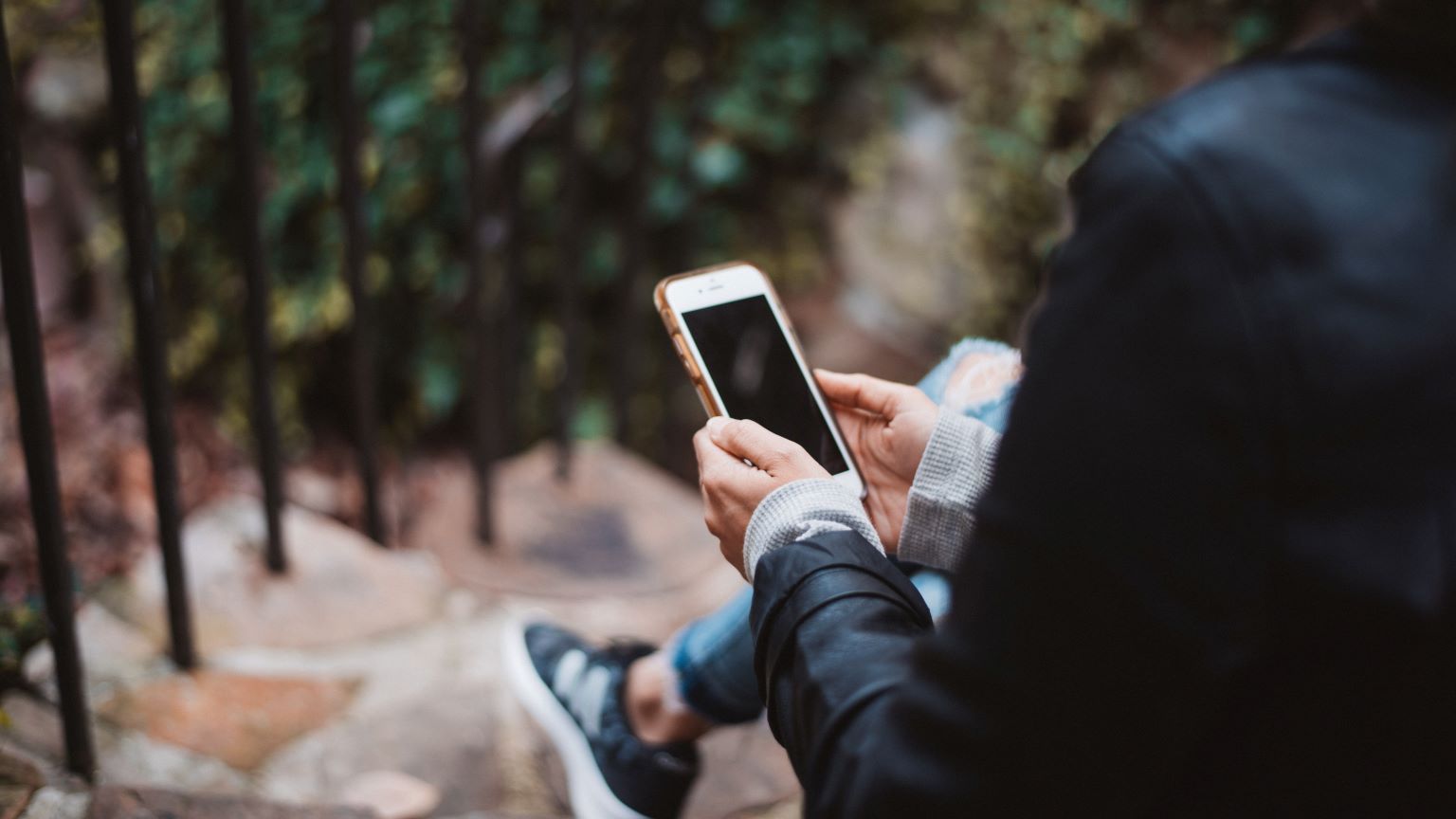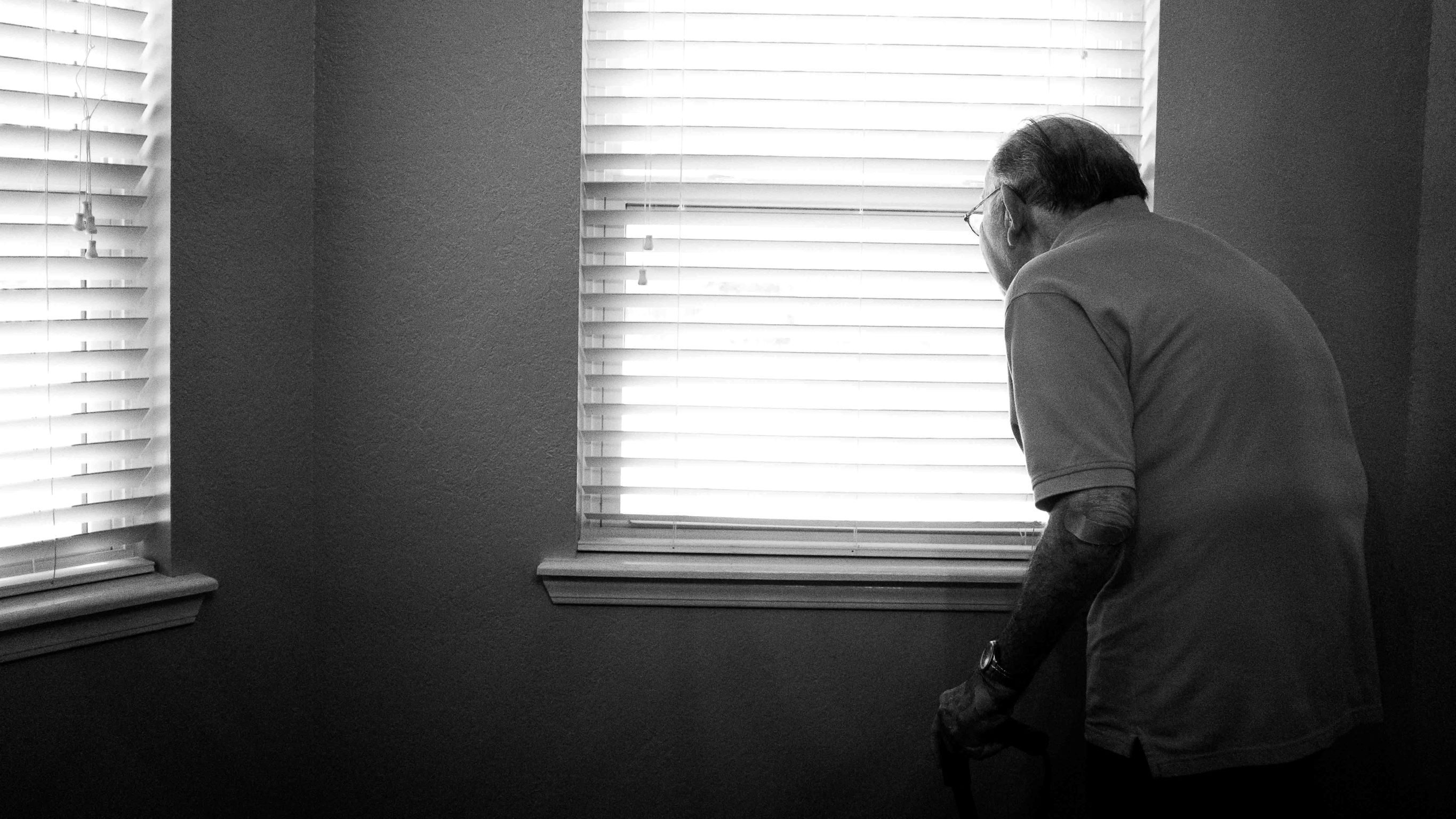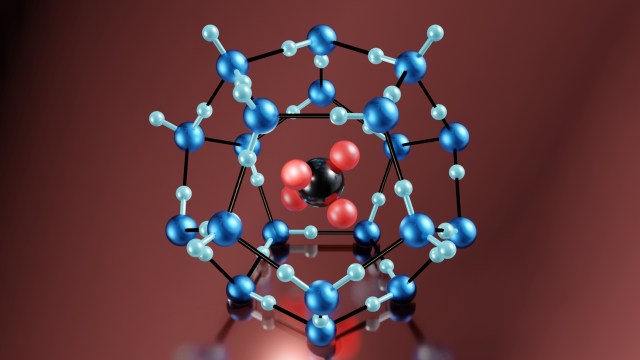988: Most Americans are still unaware of the 911 alternative for mental health emergencies
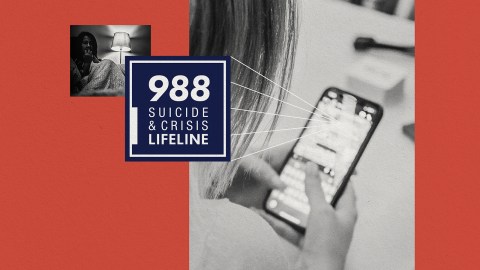
- In 2022, the U.S. launched the 988 Suicide & Crisis Lifeline to replace the National Suicide Prevention Lifeline.
- The new three-digit number is designed to be easier to remember, yet most Americans remain unaware of it.
- While greater awareness is needed, the relaunch has seen an increase in calls to the helpline and improved response times.
Over 48,000 people died by suicide in the U.S. in 2021. That sorrowful figure is the latest in a two-decade-long rise in the country’s suicide rate. Worldwide, suicide takes more than 700,000 lives annually and is the fourth leading cause of death among 15- to 29-year-olds. And for every death, many more people either attempt or contemplate the act.
While such statistics are stark, they can also mask the personal tragedy of suicide. Suicidal thoughts stem from painful and unique life circumstances. Without the proper care, coping skills, and social connections to manage such circumstances, a person may lose their sense of self-worth and drown in feelings of despair and hopelessness.
Thankfully, we have a powerful tool to support people in times of such need: the helpline. Many countries have instituted helplines for people struggling with suicidal thoughts, as well as mental health crises and substance abuse issues. These toll-free numbers connect people with a counselor who is trained to listen, discuss their concerns, provide emotional support, and get them in touch with the services they may need. And research shows helplines work.
To make that connection easier in the U.S., last year the National Suicide and Prevention Lifeline was relaunched as the 988 Suicide & Crisis Lifeline. The transition replaced the former 10-digit number* with a new three-digit one (988) in order to make it easier to remember and better associate it with other emergency call codes. Additional goals included reducing wait times and routing calls to in-state counselors more often.
The change was celebrated by mental health experts and advocates alike. “This national three-digit phone number, 988, will be a step towards a more equitable and accessible mental health safety net in this country,” Kimberly Williams, President and CEO of Vibrant Emotional Health, the company that administers 988 Lifeline, said in a release.
Unfortunately, almost a year after the launch, few Americans know about 988 Lifeline or realize its purpose, meaning many people could remain disconnected from the support they desperately need.
A crisis of awareness
According to a survey conducted for the Pew Charitable Trusts, as of April 2023, only about one-fifth of U.S. adults have heard of 988. Of those, a quarter indicated that they didn’t know its purpose or when someone should call. That means only 13% of those surveyed knew both about 988 and understood its purpose.
Pew’s data suggests that the people most likely to know about 988 and its purpose are those who either have been diagnosed with a mental health issue or believe themselves to have one. Even then, only 22% of this critical group are informed. Those who identify as LGBT+ are the second-best informed at 20%. Those who identify as White, have a college degree, and make more than $50,000 a year are also more likely to know about 988 Lifeline — though percentages remained small across the board.
“This survey provides useful benchmarks to help gauge awareness of 988 moving forward. Additional outreach at all levels is necessary, with specialized plans and messages to reach some of those showing somewhat lower levels of knowledge about 988,” Tracy Velázquez, senior manager and Pew’s lead researcher on mental health and justice partnerships, wrote about the results.
She added: “Given the growing mental health crisis in the U.S., expanding equitable use of this valuable resource will contribute toward a stronger continuum of crisis care and, ultimately, save lives.”

Mistrust in 988 and the mental health system
Another concern for 988 Lifeline is people’s willingness to call, especially regarding their perceptions of potential consequences. As reported by NPR, after the relaunch, some people took to social media to warn against calling the new helpline. Their posts claimed callers risked further trauma from police involvement, involuntary hospital admission, and shouldering the costs of such services regardless of ability to pay. Some respondents of the Pew survey expressed similar concerns.
According to Vibrant, the vast majority of 988 Lifeline calls are about de-escalating. Counselors typically talk with people, refer them to outpatient treatment, have them connect with supportive relations, and set up follow-up calls. The goal is to reduce the dispatch of law enforcement to non-emergency mental health crises. However, emergency services are dispatched to 2% of calls. While these typically involve mobile crisis management teams, it can mean police involvement, especially in communities that lack mobile crisis teams.
“We know the best way for a person to remain safe from harm is for them to be empowered and to choose to be safe from harm,” John Draper, former executive director of the hotline, told NPR. He further noted that when a caller indicates there is an imminent risk that they will harm themselves, then “we have the choice of just letting [harm] happen or doing whatever we can to keep them safe.”
Given the growing mental health crisis in the U.S., expanding equitable use of this valuable resource will contribute toward a stronger continuum of crisis care and, ultimately, save lives.
Tracy Velázquez
Small, life-saving successes
Despite these setbacks in awareness and public relations, 988 Lifeline has seen important successes in its inaugural year. Data shows that calls to 988 Lifeline increased in 2022 after the implementation of the simpler number. The same was true for texts. Overall, answer rates also increased, and people spent less time waiting to speak with a counselor (though rates vary state to state).
When informed about 988 and its purpose, people are also willing to spread the word. About seven in ten respondents to Pew’s survey said they were likely to call if they or someone they knew was suicidal or suffering a mental health crisis.
“We know that there are many individuals in this country who are struggling with suicidal concerns, with mental health or substance use concerns, who aren’t able to access the care that they need. And in many respects, historically, because of funding limitations or other limitations, the system has let them down,” John Palmieri, the deputy director of 988 at SAMHSA, told CNN. “So, this is truly an opportunity with 988 — as a catalytic moment — to be able to transform the crisis care system to better meet those needs in a less restrictive, more person-centered, more treatment- and recovery-oriented way.”
For those still uncomfortable calling 988 Lifeline, alternatives are available. NPR notes that there are hotlines directed to meet the needs of specific groups — such as Blackline and Trans Lifeline — and people can call warmlines if their need is for emotional support rather than crisis intervention.
If these trends continue, they may represent important steps in helping the U.S. better address the issue of suicide. And it can be done. In the last two decades, rates of suicide have declined in many countries — likely due to improvements in mental health treatment and better awareness of help options for people at risk. Educating people about the help available to them and making those resources as easy to access as possible — especially in moments of crisis — is critical to saving lives and healing. With greater awareness, 988 Lifeline can hopefully be an important part of that solution, too.
